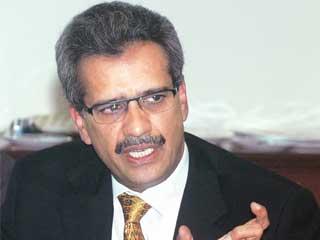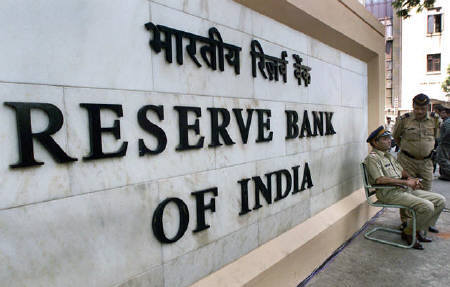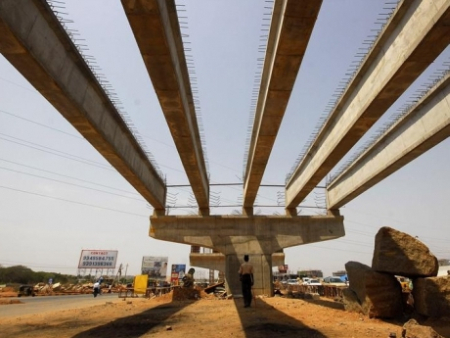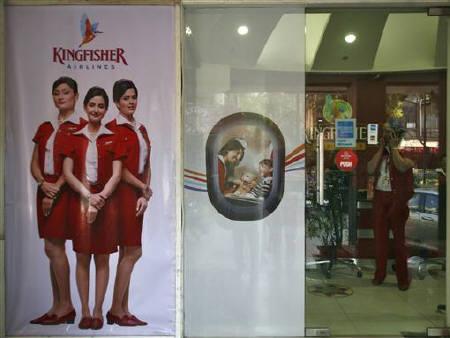
During his stint, India became one of the top two or three contributors to Stanchart's global numbers.
Last year, it was the highest contributor to profit - from nine-10 per cent in 2005 to 19-20 per cent in 2010.
In the first half of 2011, however, the bank's pre-tax profit in India fell 39 per cent year-on-year due to higher provisioning.
Swaroop speaks to Shyamal Majumdar and Somasroy Chakraborty on the road ahead.
Edited excerpts:
The fear factor about the economy is back. What are your corporate clients telling you?
This is a significant slowdown - no doubt about that. We believe this phase could last for about 12-18 months, even a little longer, before we start seeing a good revival.
We expect to see some revival by the middle of next year, but that will still be at a slow pace. Inflation has started coming down, which is partly because of the base effect.
But it had gone up sharply, so even if it starts to moderate over time, it will continue to hurt in the short term. But we think 2013 will be a better year.
...

Is that just a wish?
Ours is an analysed optimism. We are optimistic in the medium term - 18 to 24 months. We have seen many cycles. I think it is another cycle that we will have to go through.
The positive side is that rural consumption is still good and keeping the economy up.
Some very recent data shows food inflation is coming down, core production is looking better and so on. These are some very small but early positive signs.
The sharp rupee depreciation must be a major concern.
Yes, it is. We are still a more import-dependent economy than exports, and the trade figures clearly show that.
That apart, a fair amount of funding of our companies comes from foreign currency sourcing.
The cost of that goes up as the rupee depreciates. Commodity prices, which were anyway elevated earlier, are now elevated because of the rupee depreciation.
Do you have a figure for the rupee-dollar in mind?
No one could predict the levels at which the rupee is now. You can't blame them, since given the many variables in the global scenario, it is very difficult to make an accurate prediction.
Our own house view is we will see the rupee at 53 in the next three months, but the prediction for December is a claw-back to the level of 48.50. We believe, on fundamental basis, the rupee should claw back against the dollar.
...

We maintain that the dollar will weaken against all currencies. Currently, the flight to the dollar is based on the fact that no other currency has the depth to take the kind of investment that the dollar can take.
But given the underlying economy of the US, our view is the dollar will depreciate against all the currencies.
Do you think the recent measures taken by the Reserve Bank of India to curb speculation in the foreign exchange market were warranted?
There are legitimate commercial and business needs for people to take a position on the currency and hedge their position.
But I don't want to pass a value judgment because these are exceptional times.
I suppose over a period of time, RBI will have to allow natural commercial activities.
There is a very fine line between legitimate speculation and actual speculation and that is why regulatory job is so difficult.
There is also a feeling that RBI went too far with its successive increases in policy rates.
Our view is that RBI did what it had to do. You can always quibble about the last 25 basis points here and there, but fundamentally, at the rate inflation was, it was a task that needed attention.
...

Going forward, RBI has obviously indicated a pause. We are expecting rates to be brought down more from the first quarter of the next financial year.
We still think that there will be a pause in the first quarter of the next calendar year.
What's your take on credit growth next year?
We are not seeing any major new projects announced, any major new capital investments.
The actual lag effect of this will come later. The current credit absorption is from existing projects and working capital.
There is no doubt private investment has and will slow. Government investment is continuing but probably there is some slowdown there as well.
What are your clients telling you?
The general view is that this is a time to stick to your fundamentals and keep the cash flow going.
We are working very closely with our clients to monitor their fundamentals, cash flows and give them support for the right kind of projects.
It is not that businesses of Indian corporations have broken down. We are quite confident that they will be able to ride out.
Aren't you concerned about asset quality?
We are concerned but not seeing any alarming signs. We have not seen an NPA [non-performing asset] build-up - only minor tick ups in the NPA numbers.
...

Fundamentally, the portfolio, both on the consumer and wholesale side, continue to be sound. We obviously believe that portfolios could get impacted with a lag in any slowdown and hence they need better monitoring now.
So, we are watchful, monitoring but not seeing any significant change in NPA numbers.
The provisions that we took in the first half of 2011 calendar year were on the corporate side.
They were prudent provisions because of telecom clients due to the whole telecom sector related issues. We have a fair exposure to that sector. But the credit grades of specific accounts have not really slipped, they continue to remain standard.
Broadly, the portfolios continue to be at the same position where they were in the first half; we have not seen any deterioration.
What are your sector-specific concerns?
The usual ones that everyone talks about - real estate, power, aviation and so on. Exports were a concern at one point but not anymore.
If you look at our portfolio, we are well diversified and have not really been impacted so far.
...

How do you explain the aggressive stance by banks on credit cards in such a scenario?
The aggression is basically because of base effect. Between 2007 and 2011, we saw a sudden drop because the quality had deteriorated.
So everybody shrunk their portfolios because a lot of accounts had gone bad. But now we think the confidence has come back for two reasons - first, the credit bureaus are now much better; and second, a lot of clean-up has happened.
So, after a correction we are seeing growth. But it is not the kind of growth that we saw between 2005 and 2008, which was a little irresponsible and led to the clean-up requirement in 2008 and 2009.
Are the pink slips back in the financial services sector?
Across the board, no. I think certain pockets may see some of that. There are some talks about the investment banking space if a pick-up does not happen in terms of deal flows.
A credit growth of 17 to 18 per cent is not a small number. If you use that as a driver, I don't think commercial banks will lay off people. Some parts of the specialised functions, some parts of the investment banking space may come under stress.
For your information, we are hiring. This year, our net headcount as a group will be positive.
...

Stanchart's exposure to companies like GTL and Kingfisher must be a big worry.
I wouldn't comment on client-specific issues. I can only say there is nothing to feel concerned about as far as our bank is concerned.
But Stanchart did make some top-level changes after things went wrong with your exposure to GTL.
It's not true. These rumours have been spread by vested interests. I have categorically denied it in the past and am denying them once again.
As a matter of policy, we make people movements every three-four years. They had nothing to do with any client-specific issues.